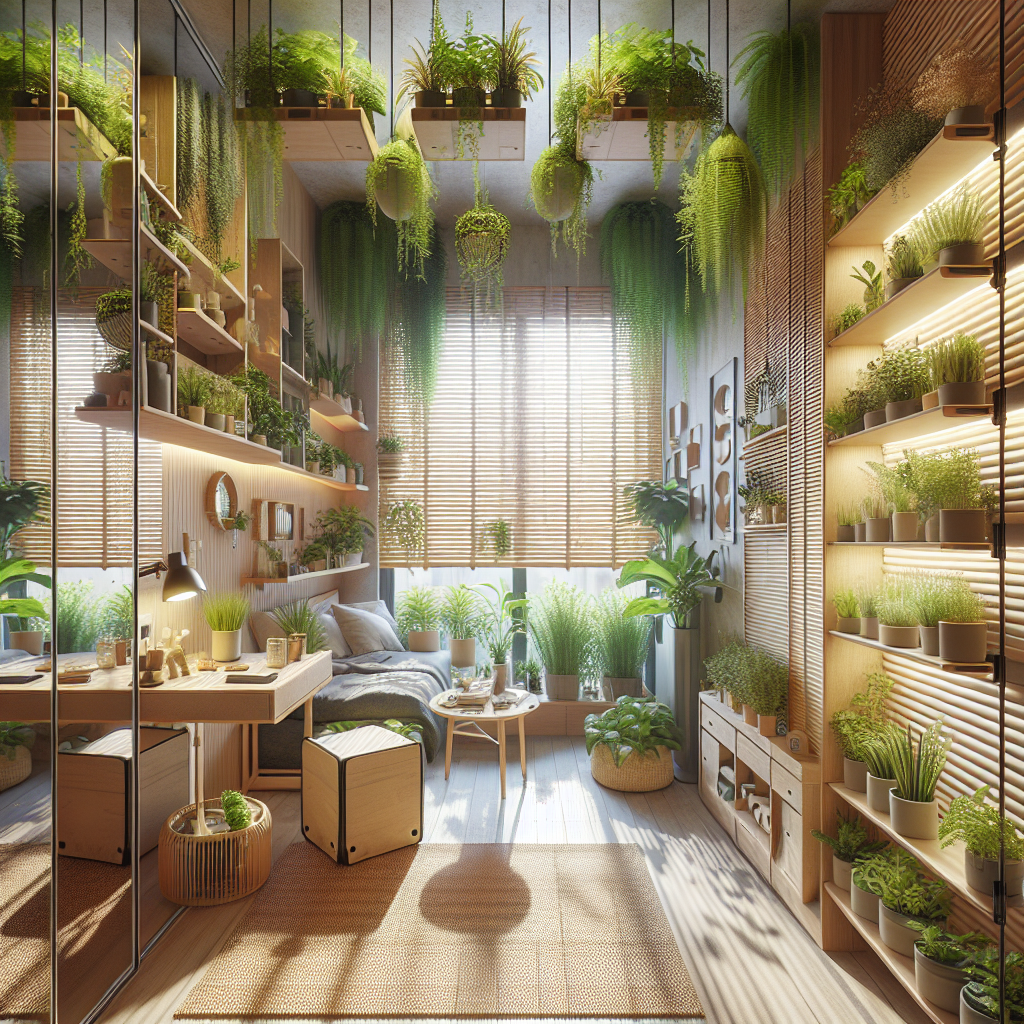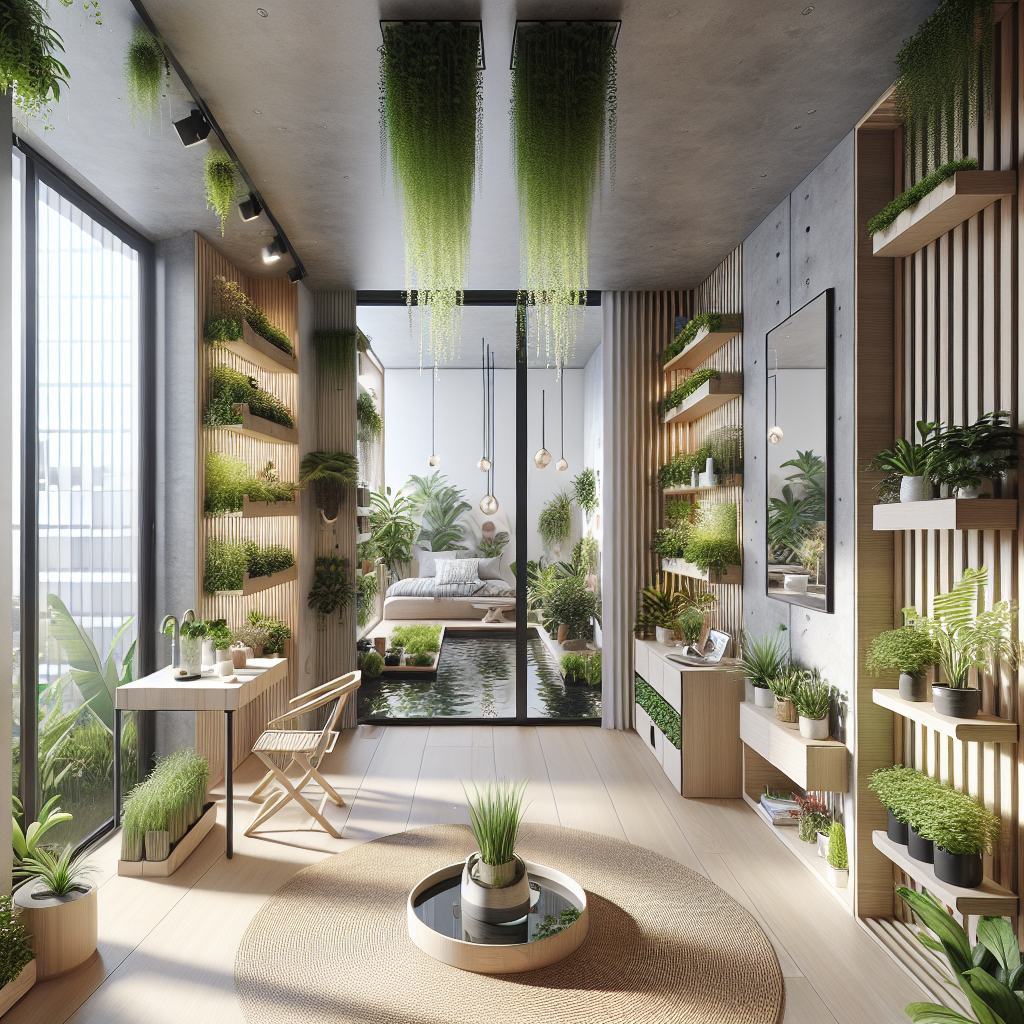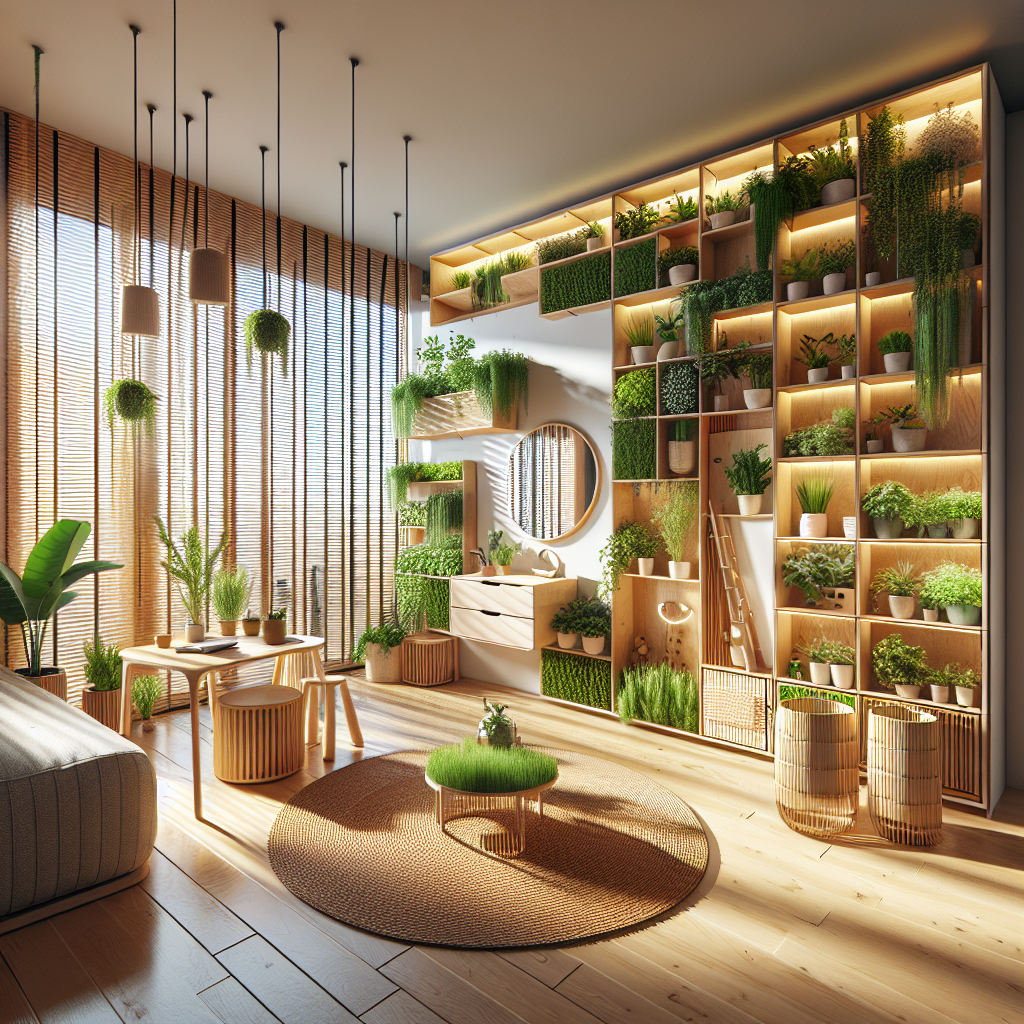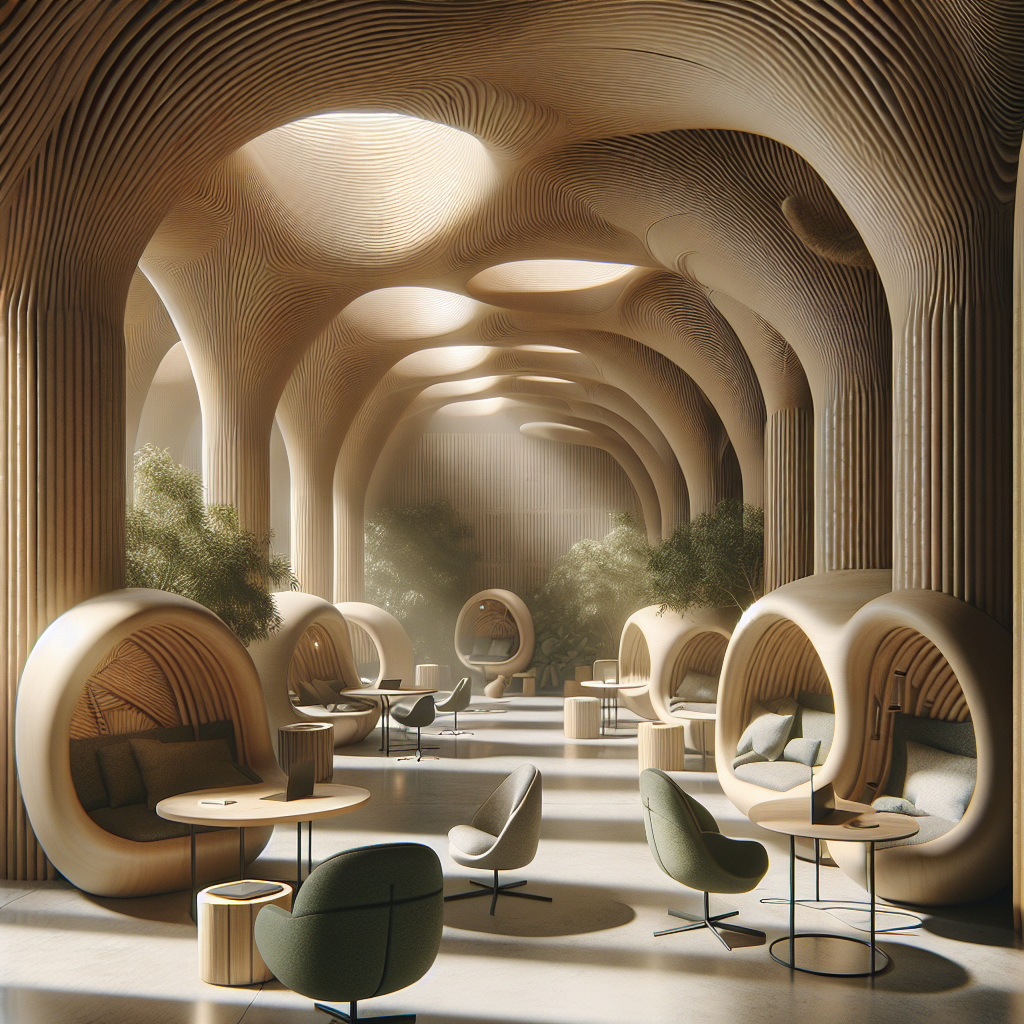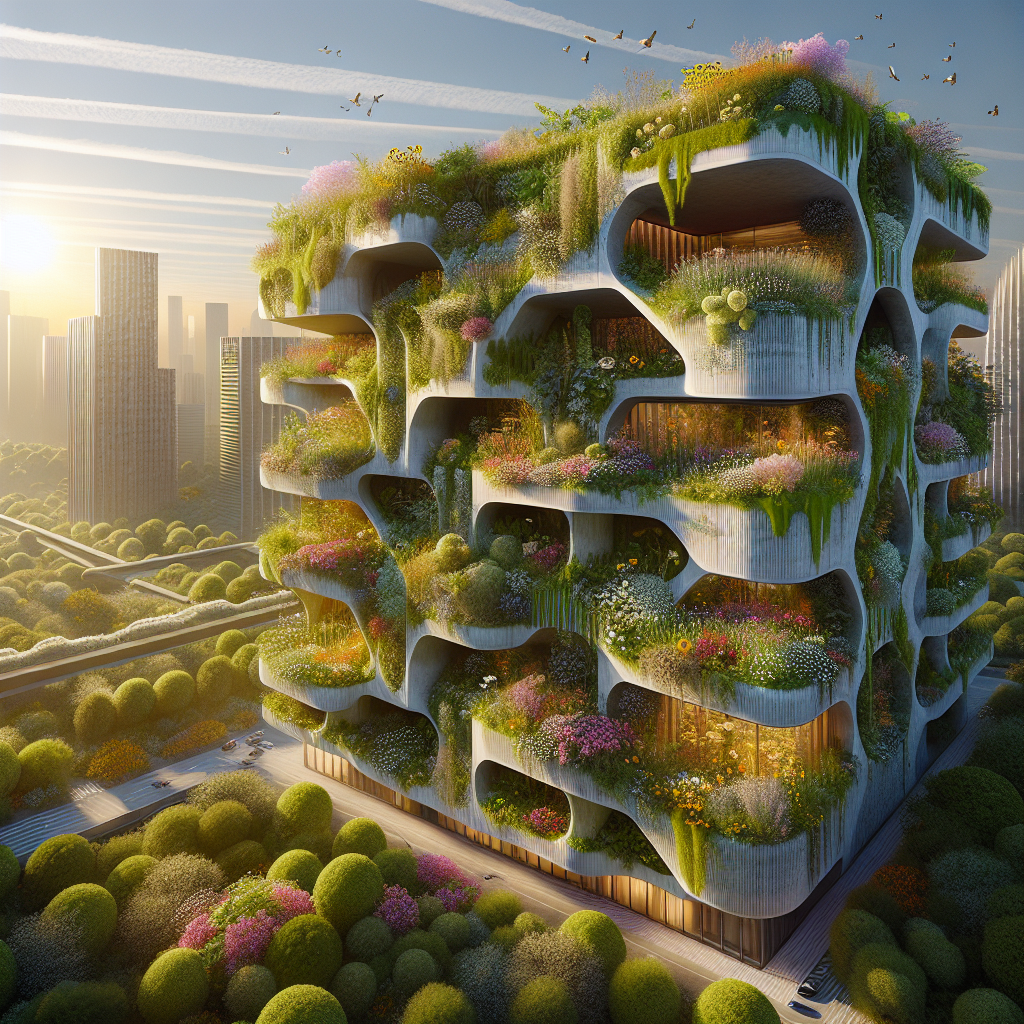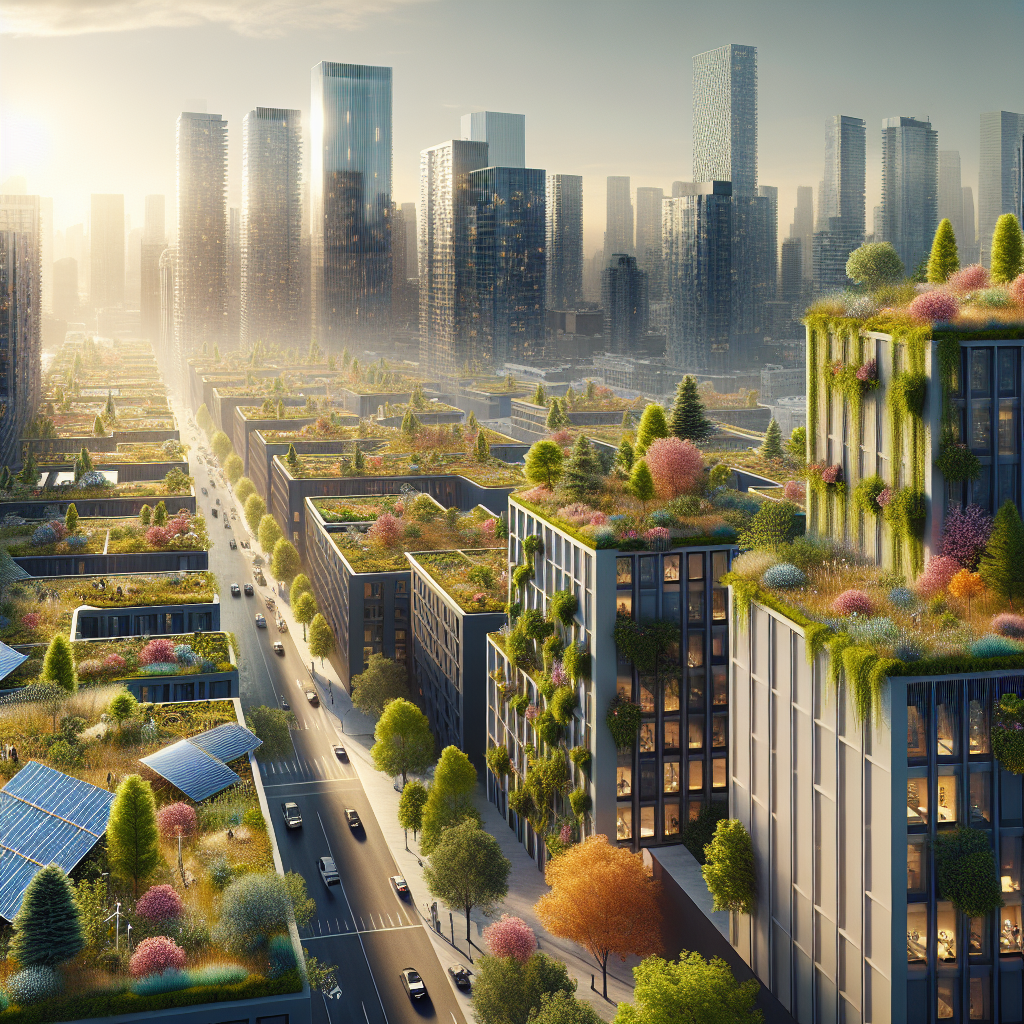Affordable Biophilic Design Ideas for Small Apartments
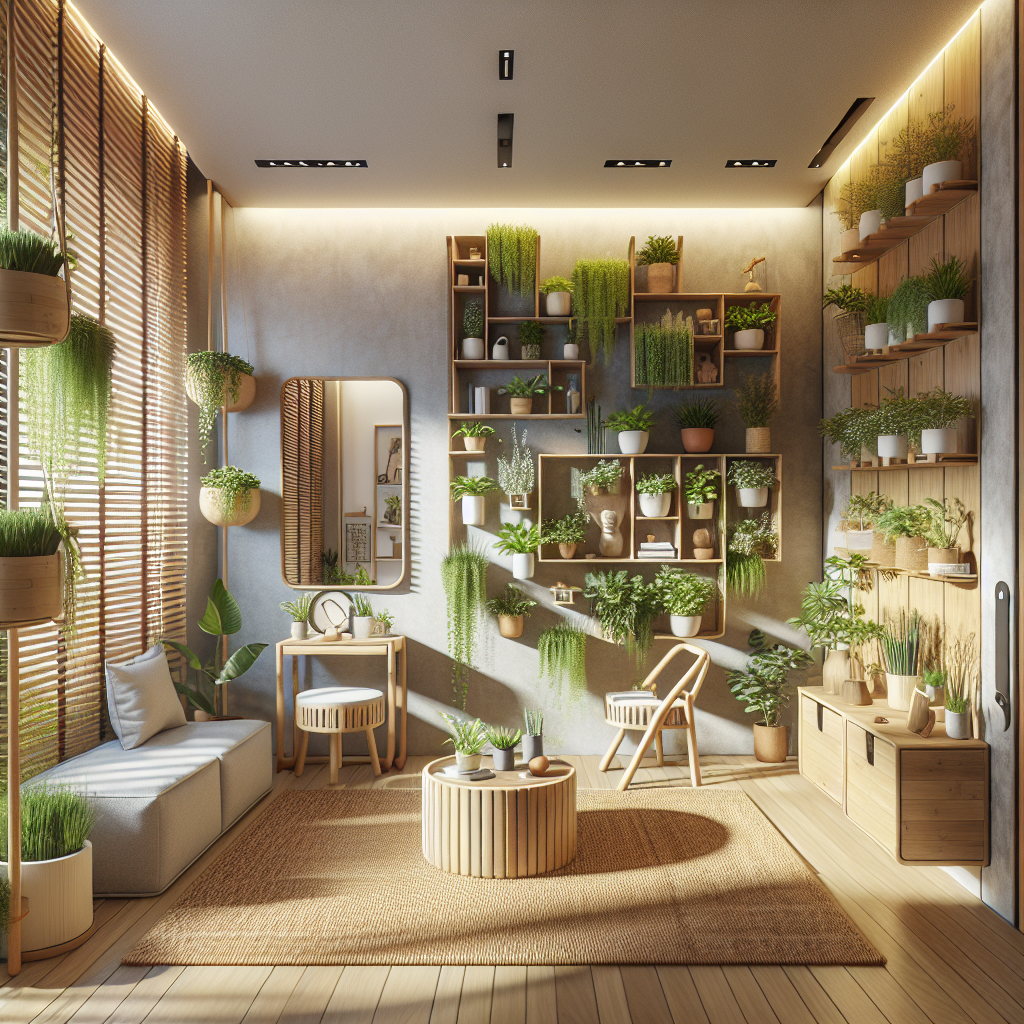
Affordable Biophilic Design Ideas for Small Apartments
In the past decade, biophilic design has shifted from a niche architectural philosophy to a mainstream imperative, reshaping how we conceive of interiors in increasingly dense urban environments. For small apartments—often defined by limited square footage, constrained natural light, and a disconnect from the outdoors—biophilic strategies offer not only aesthetic uplift but also measurable improvements in mental health, productivity, and overall well-being. The challenge lies in translating this philosophy into affordable, scalable, and space-conscious solutions that resonate with both design professionals and discerning urban dwellers.
The Case for Biophilic Design in Compact Living
Biophilic design, derived from the term biophilia, emphasizes humanity’s innate connection to nature. Research published in the Journal of Environmental Psychology has shown that integrating natural elements into interiors can reduce stress by up to 15% and improve cognitive performance by 10–15%. For residents of small apartments—where overstimulation from urban noise and visual clutter is common—this design approach is more than a stylistic choice; it is a restorative necessity.
Recent studies highlight that incorporating greenery, natural textures, and daylight-mimicking lighting systems can significantly improve sleep quality and emotional resilience. As cities continue to densify, architects and designers are rethinking interiors not just as shelters but as micro-ecosystems that sustain human health. This is especially relevant in the context of biophilic design’s impact on human well-being, which has been widely documented in both residential and commercial settings.
Maximizing Greenery Without Sacrificing Space
One of the most common misconceptions is that biophilic design requires expansive interiors or lush gardens. In reality, vertical gardens, modular planters, and micro-terrariums allow greenery to thrive even in 30-square-meter apartments. A striking example is the rise of vertical gardens, which transform blank walls into living canvases, doubling as acoustic buffers and natural humidifiers.
For budget-conscious dwellers, wall-mounted planters crafted from reclaimed wood or recycled metal frames offer a cost-effective alternative to custom installations. Even simple interventions—such as suspending trailing plants like pothos or philodendrons from ceiling hooks—can create a cascading effect that visually expands the space while enhancing air quality.
Harnessing Natural Light and Shadow
Light is the most powerful yet underutilized element in biophilic interiors. In small apartments, where windows are often limited, clerestory windows or strategically placed mirrors can amplify daylight penetration. Designers are increasingly experimenting with reflective surfaces and translucent partitions to create a play of light and shadow reminiscent of dappled sunlight filtering through trees.
Affordable lighting solutions that mimic circadian rhythms—such as tunable LED systems—are also gaining traction. These systems replicate the natural progression of daylight, supporting healthier sleep cycles and reducing reliance on harsh artificial lighting. This approach resonates with broader movements in green architecture, where daylighting strategies are integral to sustainable design.
Materiality: Bringing Nature Through Touch
Beyond greenery, the tactile experience of natural materials plays a crucial role in biophilic interiors. Incorporating wood, stone, clay, and natural fibers can evoke a sensory connection to the outdoors. For small apartments, this does not necessitate costly renovations; instead, it can be achieved through affordable interventions such as bamboo blinds, cork wall panels, or raffia-textured rugs.
The renewed interest in raffia and other sustainable materials underscores a growing appetite for organic textures that balance minimalism with warmth. These elements not only soften the sterility of compact interiors but also align with the principles of circular design, reducing reliance on synthetic, high-carbon materials.
Water and Soundscapes in Micro-Interiors
While plants and light are often the focus of biophilic design, sound and water can also play a transformative role. Compact tabletop fountains or discreet water features introduce a calming auditory backdrop, masking urban noise pollution. Similarly, curated soundscapes—such as recordings of forest ambiences or ocean waves—can be integrated into smart home systems, creating an immersive sensory environment.
These subtle interventions highlight the multisensory nature of biophilic design, moving beyond the visual to engage touch, sound, and even scent. Designers are increasingly exploring this holistic approach, recognizing that well-being in small apartments is not just about what we see, but how we feel.
Affordable Biophilic Furniture and Modular Solutions
Furniture design is undergoing a quiet revolution, with space-saving furniture now incorporating biophilic principles. Foldable tables with integrated planters, shelving units designed to host greenery, and modular seating upholstered in natural fabrics are emerging as accessible options for compact living.
Brands are experimenting with hybrid pieces—such as coffee tables that double as terrariums or benches with built-in moss panels—that merge functionality with ecological aesthetics. These innovations reflect a broader trend in modular design, where adaptability and sustainability converge to meet the demands of urban lifestyles.
Case Study: The Micro-Apartment as an Urban Oasis
Consider a 28-square-meter apartment in Barcelona, where a young architect transformed a single-room dwelling into a biophilic retreat. By installing a vertical herb garden in the kitchen, using reclaimed timber for shelving, and integrating a small water feature near the entryway, the space achieved a balance of functionality and sensory richness. Mirrors were strategically placed to bounce natural light across the room, while linen curtains softened acoustics and provided a tactile connection to nature. The result was not a compromise on space but an elevation of it—proof that even the most modest interiors can embody the principles of biophilia.
The Future of Biophilic Micro-Living
As urban populations continue to grow, the demand for micro-apartments will intensify. Biophilic design offers a pathway to ensure these spaces remain not only livable but deeply restorative. Affordable strategies—ranging from vertical greenery to circadian lighting—democratize access to healthier interiors, ensuring that nature is not a luxury but a necessity embedded in everyday living.
Ultimately, the success of biophilic design in small apartments lies in its ability to create emotional resonance. By weaving natural elements into the fabric of compact interiors, designers are not just solving spatial challenges; they are reimagining the very essence of urban domesticity. In doing so, they are crafting apartments that are not merely places to live, but sanctuaries that nurture the human spirit.
